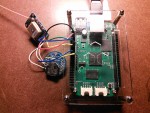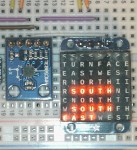Dear gadget vendors: I like gadgets (at least good ones). I buy lots of them. I will probably continue to do so as disposable income allows. But I have a plea:
Please stop including a USB cable in the package with your products.
It’s unnecessary, it’s wasteful, it’s a giant hassle when the said cable is lousy (as it all too often is) and the cost of the “free” cable adds to the overall cost of your product.


